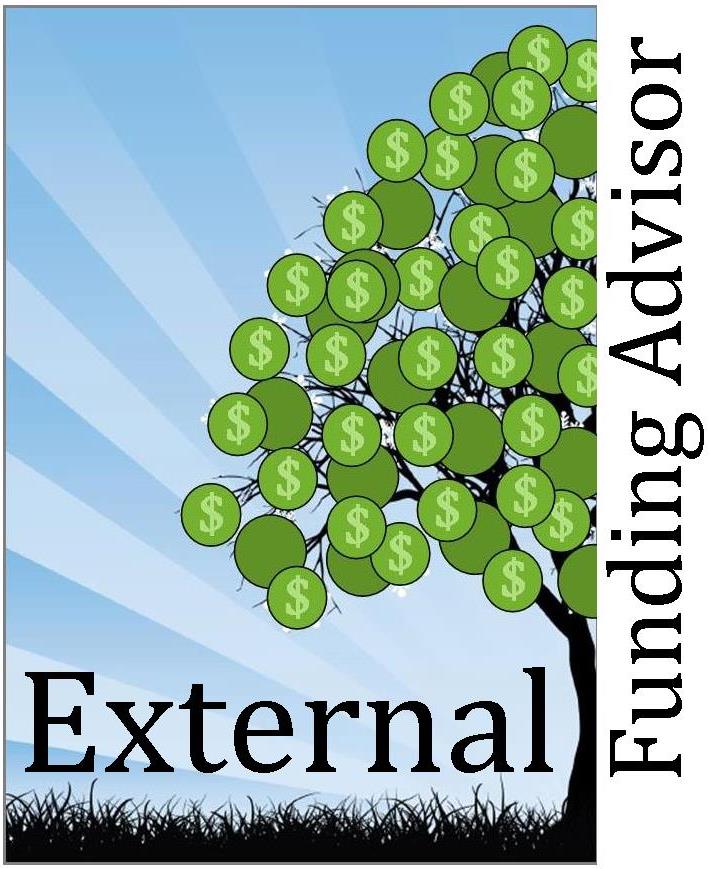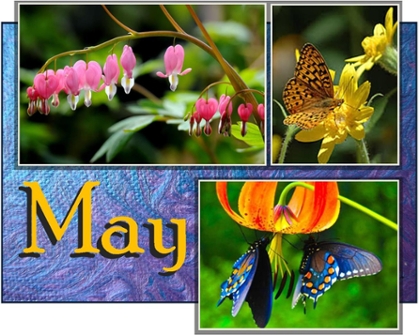Office of Sponsored Programs Administration & Accounting
|
||
|
||
Notice:Regular Business Hours: Monday - Friday, 8:00am - 5:00pm
|
||
Updates from the Director |
||
|
As the Spring Term ends and Summer Term begins, please consider any required salary or wage expenditure transactions. Have individuals worked on your sponsored project during the spring requiring a cost transfer of a portion of their salary into your award? Do you have individuals planning to work on your project this summer that require PAR forms to receive payment this summer? Please consider that Spring Term Effort Certifications will be generated in the coming weeks, so cost transfers will be required to generate accurate certifications. We appreciate your attention to these matters and hope everyone enjoys the summer. We are looking for pictures to refresh our website. If you have pictures demonstrating your (or your student's) scholarship activities, please consider sending them to us. Submission of such pictures will be considered permission to post them on a public website. Thank you for your assistance in keeping our website fresh and interesting! |
Featured Funding Opportunity |
|
Postdoctoral Program in Environmental Chemistry Deadline: August 3, 2015 Announcement: November 2015 The Camille and Henry Dreyfus Foundation seeks to further the development of scientific leadership in the field of environmental chemistry with a postdoctoral fellowship program. The Postdoctoral Program in Environmental Chemistry provides a principal investigator with an award of $120,000 over two years to appoint a Postdoctoral Fellow in environmental chemistry. Eligibility The Postdoctoral Program in Environmental Chemistry is open to all academic and other not-for-profit organizations in the States, Districts, and Territories of the United States of America. Applications are accepted from principal investigators who have well-established research efforts in environmental science or engineering. These research activities need not be located in traditional departments in the chemical sciences, and collaboration across departments and institutions is encouraged. The postdoctoral fellow is usually not already identified nor in the principal investigator's lab at the time of application. Note: award recipients must wait two years from the conclusion of an award before being eligible to reapply. Research Areas of Interest Applications most likely to be of interest should describe innovative fundamental research in the chemical sciences or engineering related to the environment. The importance of the research should be explained. Examples include but are not limited to the chemistry associated with: the climate, the atmosphere, aquatic or marine settings, toxicology, soil or groundwater. Also of interest are chemistry-related energy research (renewable sources, sequestration, etc.), and new or green approaches to chemical synthesis and processing, both with a clearly stated relation to the environment. Selection Applications come from the principal investigator. Recommendations for awards are based on several factors: assessment of the proposed research, the arrangements for the interdisciplinary educational broadening of the Fellow, and an assessment of the ability to both attract the best young Ph.D. candidates and subsequently place them in high level independent starting positions. Applications are reviewed by distinguished scientists in the environmental and chemical sciences. Budget The Postdoctoral Program in Environmental Chemistry provides a $120,000 award, payable in two $60,000 installments. Funds are normally expended over a period of two years after the appointment of the Fellow. Charges associated with indirect costs or institution overhead are not allowed. Of the total annual award amount, the stipend support of the Fellow is no less than $48,000 (stipends may be supplemented from institutional or other sources). Fringe benefits of the Fellow taken from this award may not exceed $12,000 annually. Application Procedure All application materials must be received at the Foundation office by the deadline. Applications recommended for approval are presented to the Foundation's Board of Directors in time for award announcements by early November. Required Information Application package. The application should be formatted on 8 1/2 x 11-inch paper, using 12-point font size. Assemble it as: 1. The online application form 2. A research proposal that would be judged as likely to advance environmental science in important ways (4 or fewer pages) 3. A CV (limited to 5 pages) for each of the key professional personnel that includes ten or fewer relevant publications 4. A one-page description of the educational opportunities and institutional strengths in environmental science, and how the Fellow would be involved in them
Reports The first-year award of $60,000 will be paid after the Foundation has been provided with the Fellow’s CV and anticipated start date. The second-year award of $60,000 will be paid upon request, after completion of the first year. The request should be accompanied or preceded by a financial report and a progress report from the project director that contains highlights of accomplishments under the award and the research plan for the coming year.
Final reports are due when all funds are expended. The final technical report should detail the anticipated consequence of the research and provide information regarding the future professional plans of the Fellow. An optional statement may be included of newsworthy stories concerning the Mentor, the Fellow, or the consequences of the research funded during the period of the award. Additional Information 1. Publications and presentations describing work supported by the award should acknowledge the Camille and Henry Dreyfus Postdoctoral Program in Environmental Chemistry. 2. The faculty mentor is designated a Camille and Henry Dreyfus Environmental Chemistry Mentor. The postdoctoral scientist is designated a Camille and Henry Dreyfus Environmental Chemistry Fellow. 3. Questions may be directed to the Foundation office by e-mail at programs@dreyfus.org or by telephone at 212-753-1760. |
Timely Topics |
National Science Foundation UpdateAuto-Compliance Checking Expands NSF is performing auto-compliance checking on proposals. One of the items that is now being checked is foreign travel. So if ANY foreign travel is requested in the budget, the “International Activities Country Name” must be checked on the Cover Sheet. If the destination country is known at the time of application, then indicate it here. If the destination country is to be determined, then select “worldwide” as the country on the Cover Page. A sample is shown below:
To view a detailed list of all compliance checks, click here. NSF Abstracts During the award negotiation stage with Program Officer(s), our Principal Investigators are requested to submit an Abstract describing their project. This is different from the Project Summary which accompanied the proposal application. "Abstracts are a public record of active and expired awards and are an important source of information on NSF activities. The purpose of the Abstract is to describe the project and justify the expenditure of Federal funds. Abstracts must not contain inappropriate or confidential information, and because they are available to such a wide audience, high standards of quality must be maintained in preparing them. The Abstract has 2 parts: a non-technical explanation of the project's broader significance and importance and a technical description of the project. Upon award of a proposal, the Abstract is available in the Award Search application and via FastLane." An NSF award abstract must:
From a practical standpoint, we have recently been advised that abstracts must be written from a third-person perspective, so avoid terms like "we", "our", "I", etc. Abstracts must be objectively written. Avoid terms such as "outstanding", "pioneering" etc. The total length should be about 1/3 of a page. The NSF awards database does not allow special characters. Note also that abstracts should be written in present tense. National Institutes of Health Update NIH Expands Support of Unicode Character Set in Grant Applications Submitted after February 17, 2015 -Notice Number: NOT-OD-15-058 This notice informs the community of support for the full Unicode character set (including Greek and other special characters) in the free-text form fields (e.g., project title) of cooperative agreement and grant applications submitted through Grants.gov to the NIH and AHRQ after February 17, 2015. Grants.gov forms and systems now fully support Unicode characters. NIH Straight Talk About Application Requirements So, when we say NIH “requires use of the new biosketch format for applications submitted for due dates on or after May 25, 2015” (NOT-OD-15-032), we mean… All biosketches included in applications submitted for due dates on/after May 25, 2015 must be formatted per the instructions in the application guide (and repeated in online resources), including:
The new biosketch policy is “required’ –officially compulsory, or otherwise considered essential; indispensable. Failure to follow the policy means NIH may withdraw your application from consideration (NOT-OD-15-095). The majority of the requirements listed above (all except the 5-page limit) would not be flagged until your application has already moved forward to NIH. If you don’t follow the instructions and our staff manually identifies a biosketch in your application as being non-compliant, then you won’t have the opportunity to correct it before the due date. In that context, is it really worth not following the instructions? Find the link to the new format on our website here. |



